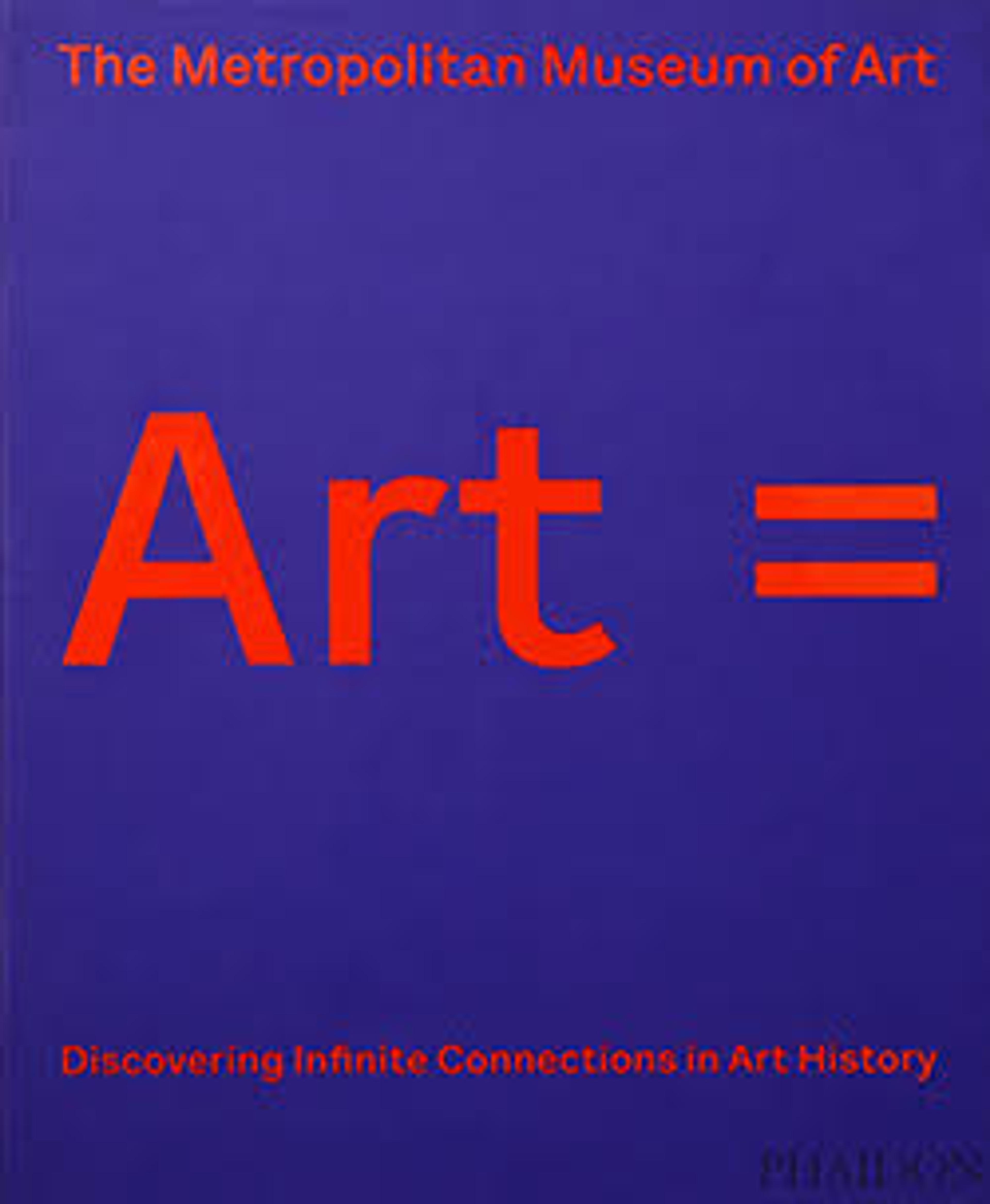Mandala of Wakamiya of Kasuga Shrine (Kasuga wakamiya mandara)
Seated on a pink and white lotus blossom and enclosed in a golden disc, Ame no oshikumone, the deity of Wakamiya Shrine at Kasuga, floats ethereally through space. Placed within the visual framework of a Buddhist deity and attired in the clothing of a noble youth, he holds a sword with his right hand, an allusion to his Buddhist counterpart Monju (Sanskrit: Manjushri), the bodhisattva of wisdom, whose attributes include a sword with which to cut through the illusions of the unenlightened mind. Monju is often depicted as a youthful figure, a visual reflection of his purified wisdom.
A wakamiya, or “young shrine,” is a type of subsidiary shrine usually dedicated to the child of a deity venerated in the shrine’s principal sanctuary and symbolizes youthfulness and rejuvenation.
A wakamiya, or “young shrine,” is a type of subsidiary shrine usually dedicated to the child of a deity venerated in the shrine’s principal sanctuary and symbolizes youthfulness and rejuvenation.
Artwork Details
- 春日若宮曼荼羅
- Title:Mandala of Wakamiya of Kasuga Shrine (Kasuga wakamiya mandara)
- Period:Nanbokuchō period (1336–92)
- Date:early 14th century
- Culture:Japan
- Medium:Hanging scroll; ink, color, gold, and cut gold on silk
- Dimensions:Image: 29 3/4 in. × 15 in. (75.6 × 38.1 cm)
Overall with mounting: 62 1/2 x 20 1/2 in. (158.8 x 52.1 cm)
Overall with knobs: 62 1/2 x 22 1/2 in. (158.8 x 57.2 cm) - Classification:Paintings
- Credit Line:Purchase, Lila Acheson Wallace Gift, 1997, and Gift of the Mary and Jackson Burke Foundation, 2015
- Object Number:1997.113
- Curatorial Department: Asian Art
More Artwork
Research Resources
The Met provides unparalleled resources for research and welcomes an international community of students and scholars. The Met's Open Access API is where creators and researchers can connect to the The Met collection. Open Access data and public domain images are available for unrestricted commercial and noncommercial use without permission or fee.
To request images under copyright and other restrictions, please use this Image Request form.
Feedback
We continue to research and examine historical and cultural context for objects in The Met collection. If you have comments or questions about this object record, please contact us using the form below. The Museum looks forward to receiving your comments.
